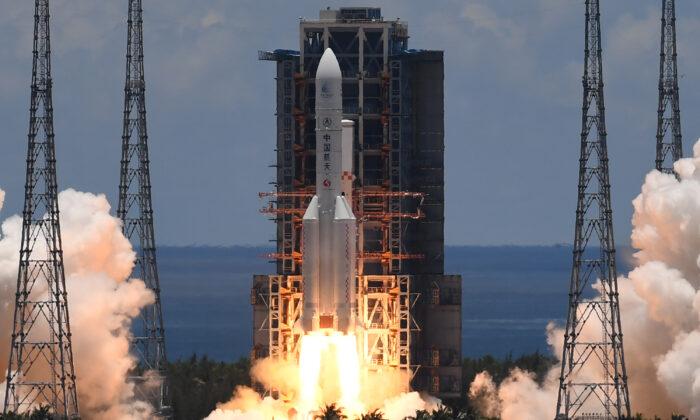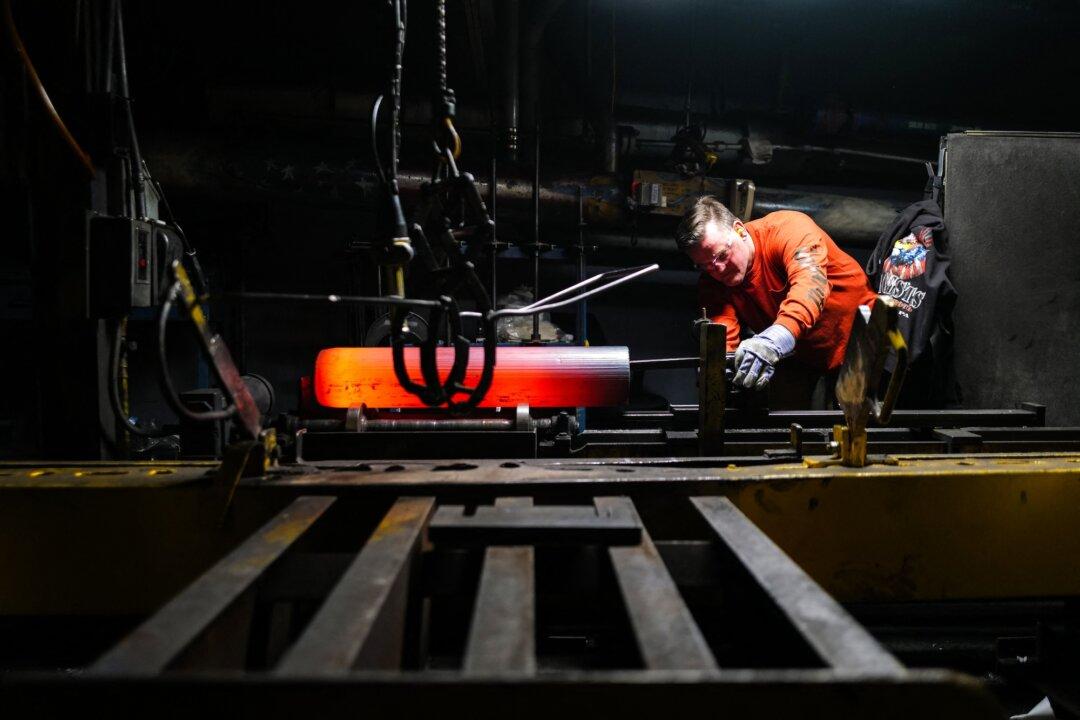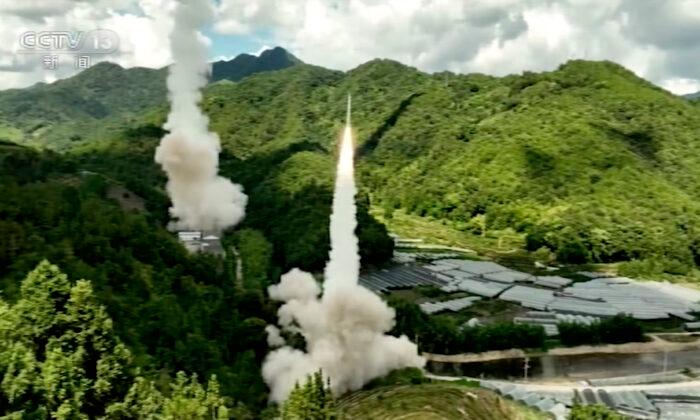When the Chinese Communist Party (CCP) commences its manned moon program, it may do so in a big way, as its goal is to control the Earth-moon system to enforce its hegemony on Earth and then regulate access to the future “Space Economy.”
This means the United States must exploit what may be temporary advantages in technology to create an early dominant lunar presence for democracies.
Then, in September 2020, an official subordinate to the Armaments Department of the Central Military Commission of the People’s Liberation Army, which controls China’s space program, officially confirmed for the first time that China had an active manned moon program, and was developing a new manned moon lander, and the new manned SLV. This is the 921 Rocket designed to loft about 70 tons to LEO, and about 25 tons to the moon.
It’s possible that future versions of this SLV will feature reusable first stages like Falcon Heavy, helping China to significantly reduce the cost of sending people and supporting payloads to the moon.
The interest and attention paid to this new rocket caused some Chinese observers to speculate that the Long March-9 program has possibly been abandoned. But this was put to rest by a Nov. 26, 2020, report in China Daily that stated, “China Aerospace Science and Technology Corp [CASC] has estimated that about 10 Long March 9s will be needed each year from 2030 to 2035 in China to serve the nation’s robust demand for heavy-lift rockets.”
This means that the Chinese regime may be planning to build 60 of its Long March-9 super-heavy space launch vehicles (SLVs) over a period of six years. This has huge implications for China’s ambitions to build a dominant presence on the moon and to begin colonizing Mars.
While it isn’t yet clear that the CCP leadership has approved such plans, CASC likely wouldn’t be disclosing such SLV requirement numbers without some level of approval or encouragement from Party leaders.
China Daily also stated, “The super-heavy rocket will be 93 meters tall, have a liftoff weight of 4,140 metric tons, and thrust power of 5,760 tons. Its core stage will be about 10 meters in diameter ... will be able to transport spacecraft with a combined weight of 140 tons to a low-Earth orbit ... will also be able to place spaceships weighing up to 50 tons in an Earth-moon transfer trajectory for lunar expeditions.”
Other Chinese sources indicate that other possible versions of the Long March-9 could loft 65-ton payloads to the moon.

Such limited data, however, does offer some idea for how rapidly China might populate the moon. One might start by estimating that China devotes 40 of the potential 60 Long March-9’s to moon missions, with the remaining to be used to support a second-generation Low Earth Orbit space station, and to begin sending people to Mars.
The 50-square-meter interior and 22.5-ton Tianhe module that could be launched by April for China’s new space station can support a crew of three. Perhaps a moon base of four similar size modules might support a crew of six people. Assuming a Long March-9 could transport two Tianhe-size moon base habitat modules to the moon, then 20 Long March-9 missions might begin the building of 10 separate Chinese moon bases.
The other 20 Long March-9 missions could transport moon rovers, power systems, communication systems, mining equipment, and moon production systems that would enable full exploitation of the moon’s resources. This, in turn, could accelerate the Chinese regime’s ambition to build very large space-based solar power satellites to achieve energy independence on Earth.
Such potential Chinese moon “blitz” ambitions are of concern because it’s also possible that water-ice, the most important early lunar resource objective, may be available only in a small number of locations at the moon’s South Pole. Remember, the CCP is capable of “imperialism” as in the South China Sea.
In March 2019, the Trump administration set a goal of getting to the moon by 2024, which doesn’t appear realistic given congressional reluctance to provide additional funding. The U.S. National Aeronautics and Space Administration (NASA) is developing its nonreusable Space Launch System superheavy SLV that could send 27 to 46 tons of cargo to the moon. It’s a classic risk-averse NASA program but its projected payload cost to the moon is about $20,000 per kilogram.
Starship could be ready for moon missions by 2022 to 2023 and has been selected by NASA as a possible moon lander for its Artemis program. But it offers a potential amazing strategic advantage, if projections are correct, of transporting payloads to the moon for about $2,000 per kilogram.





